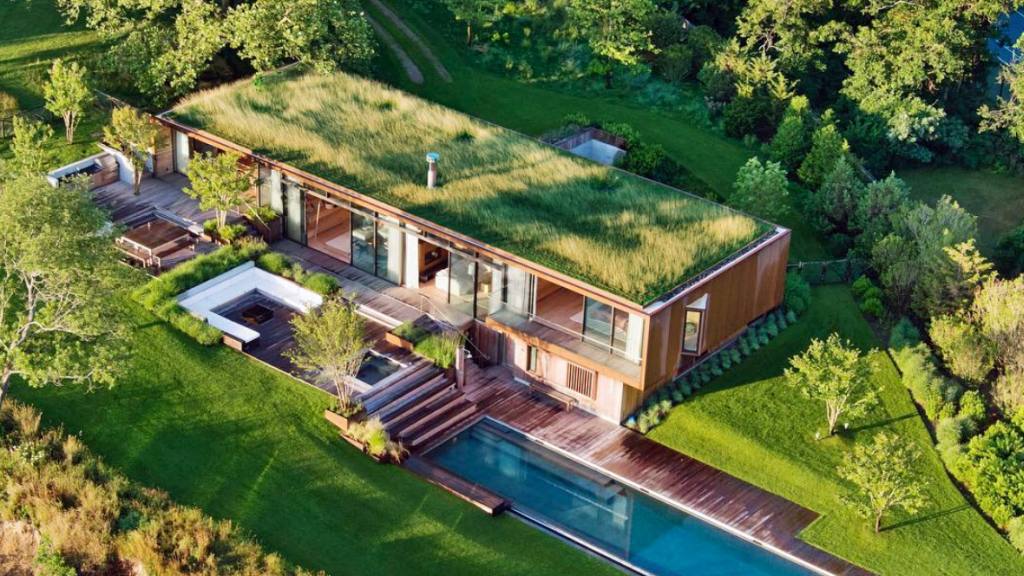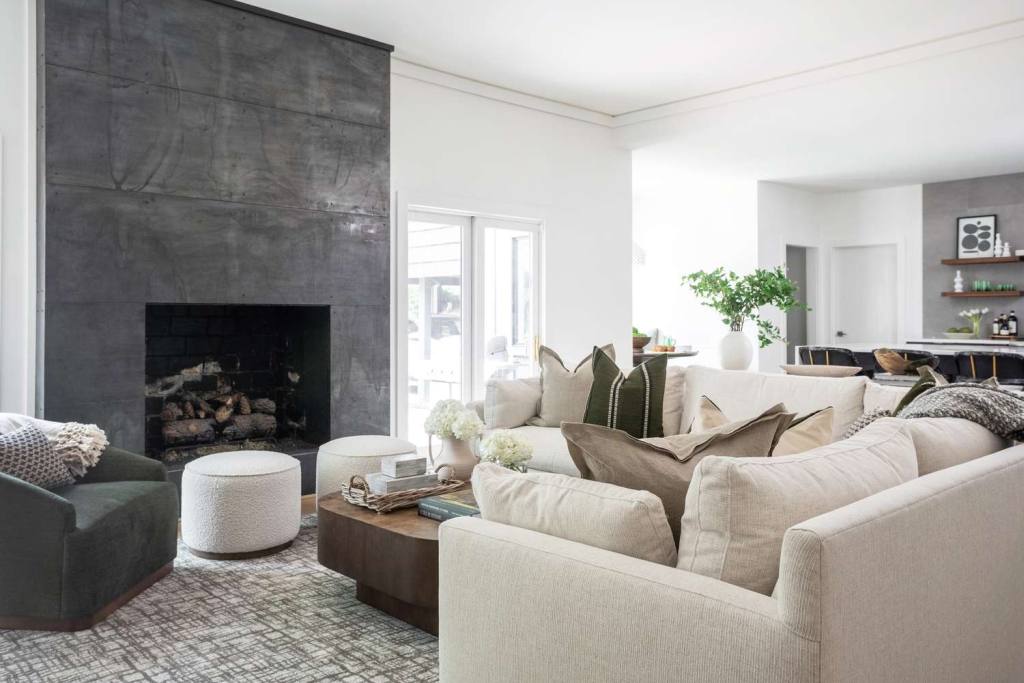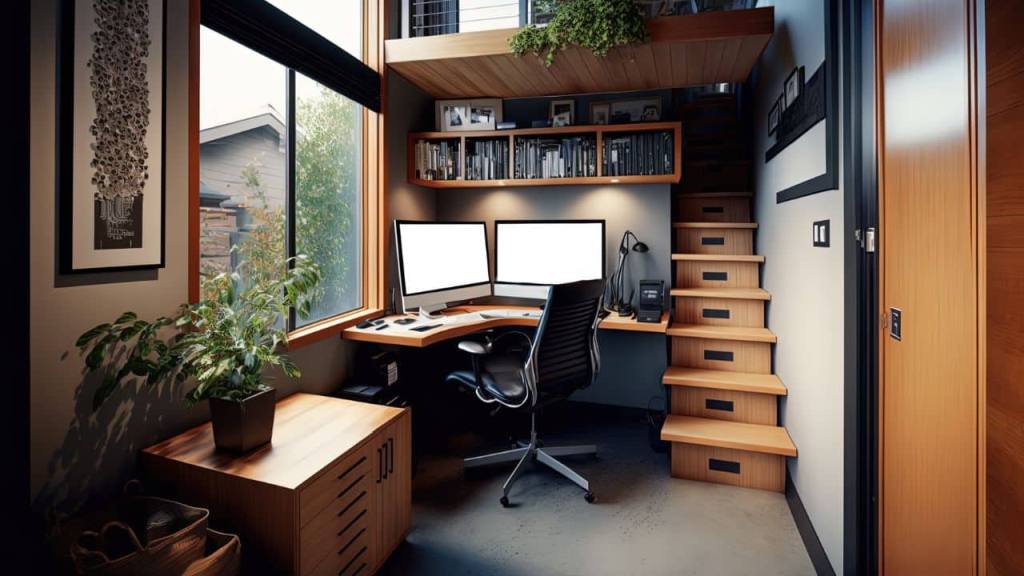
Sustainable Decorating: Eco-Friendly Tips for Your Home
Creating a beautiful, comfortable living space doesn’t have to come at the expense of the environment. By adopting sustainable decorating practices, you can transform your home into an eco-friendly haven. Whether you’re redecorating or starting from scratch, it’s easy to make choices that benefit both you and the planet.
Choose Sustainable Materials
When it comes to eco-friendly decorating, selecting the right materials is key. Sustainable materials are those that are renewable, recyclable, or have a minimal impact on the environment. Furniture made from bamboo or reclaimed wood, for example, is a popular choice due to its rapid growth and renewability. Additionally, natural fibers like cotton, wool, and linen make for excellent choices in textiles, as they are biodegradable and can often be produced organically.
For flooring, look for options like cork or recycled tiles. Cork, in particular, is a great sustainable option because it’s harvested without damaging the tree, allowing for repeated harvesting over time. By prioritizing these types of materials, you can furnish your home in a way that minimizes harm to the environment.
Repurpose and Upcycle
Sustainability is not just about buying new eco-friendly products, but also about making the most of what you already have. Repurposing and upcycling old items can be a fun, creative process that breathes new life into furniture and décor. An old wooden ladder, for example, can be transformed into a bookshelf, while an antique chair can be reupholstered with sustainable fabric for a fresh look.
Shopping second-hand is another excellent way to reduce waste. Thrift stores and online marketplaces are full of unique pieces that add character to any room. This approach not only saves resources but also helps to reduce the demand for mass-produced goods, which often come with significant environmental costs.
Use Non-Toxic Paints and Finishes
The paints and finishes used in home décor can often contain harmful chemicals known as volatile organic compounds (VOCs). These chemicals can release toxins into the air, contributing to poor indoor air quality and harming the environment. To create a healthier space, opt for low-VOC or zero-VOC paints and finishes. These products are now widely available and come in a variety of colors and finishes, making it easy to find something that suits your style.
Natural options, like milk or clay-based paints, are another great alternative. These are typically made from organic materials and are free from harmful chemicals, ensuring a safer environment for you and your family.

Incorporate Energy-Efficient Lighting
Lighting plays a crucial role in home décor, but traditional lighting options can be energy-intensive. One of the simplest ways to make your home more sustainable is by switching to energy-efficient lighting. LED bulbs, for instance, use significantly less energy than traditional incandescent bulbs and have a much longer lifespan.
Natural lighting should also be maximized wherever possible. Large windows, skylights, and mirrors can help to reflect light and make the most of natural sunlight, reducing the need for artificial lighting during the day. This not only conserves energy but also creates a warm, inviting atmosphere.
Decorate with Plants
Houseplants are a fantastic addition to any home for both their aesthetic appeal and environmental benefits. Plants naturally improve indoor air quality by absorbing carbon dioxide and releasing oxygen. Certain varieties, like snake plants, peace lilies, and spider plants, are particularly effective at filtering out toxins from the air.
Incorporating plants into your décor also connects your home with nature, fostering a calming, peaceful atmosphere. Whether you’re adding small potted plants to your windowsills or creating a vertical garden, plants are an easy and affordable way to enhance both the style and sustainability of your living space.
Conclusion
Sustainable decorating allows you to create a stylish and comfortable home while being mindful of your environmental impact. By choosing sustainable materials, repurposing old items, using non-toxic finishes, incorporating energy-efficient lighting, and decorating with plants, you can design a home that’s not only beautiful but eco-friendly as well.






Post a comment